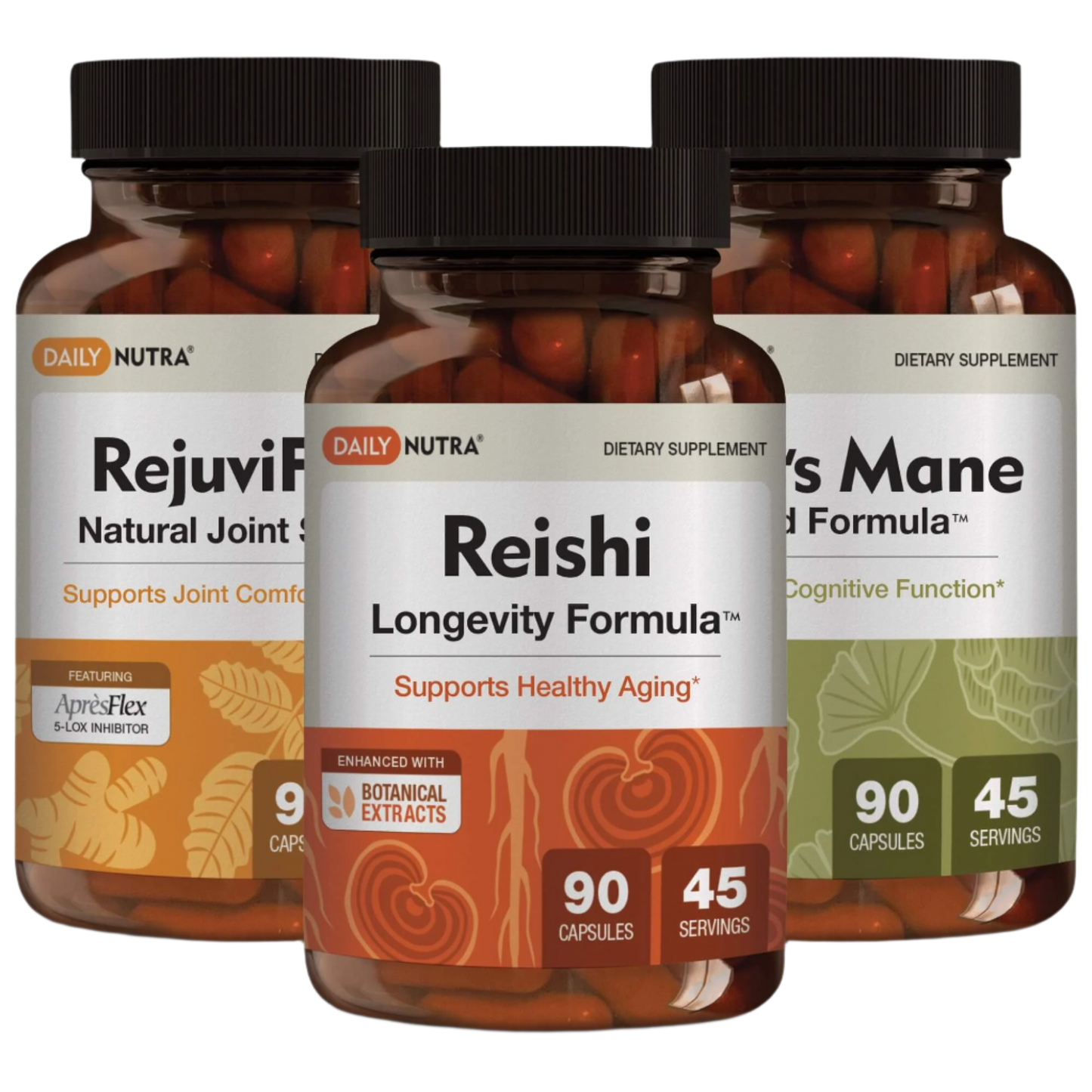Abstract Summary
Objective
To identify whether taking ashwagandha before or after exercise yields greater benefits in terms of mental, hormonal, and physical health enhancements.
Context
Ashwagandha (Withania somnifera) is a renowned adaptogen in Ayurvedic medicine, gaining popularity globally for its stress-relieving and vitality-enhancing properties. Although its benefits are widely accepted, the specific timing of intake about physical activity remains an underexplored variable in maximizing its full potential.
Methods Used
Approach
A systematic review was conducted using peer-reviewed clinical trials and meta-analyses published between 2010 and 2025. The focus was on trials evaluating standardized extract formulations, particularly KSM-66 and Sensoril, with outcome data tied to weekly or biweekly supplementation schedules.
Data Collection
Data were sourced from PubMed, Scopus, and ScienceDirect. Trials were included if they provided measurable timelines for changes in stress, hormones, sleep, or performance. Extract type, dosage, and consistency of use were analyzed to assess their impact on response speed.
Researchers' Summary of Findings
Health Implications
Taking ashwagandha before a workout may enhance endurance, oxygen uptake, and mental focus, contributing to improved physical performance. Conversely, post-workout supplementation appears to be more effective for muscle recovery, reducing inflammation, and regulating cortisol levels, which supports quicker recovery and reduced fatigue. Regular intake, regardless of timing, has been shown to boost testosterone levels, aiding in muscle growth and overall vitality. Cognitive benefits—such as mental clarity and reduced anxiety—are seen with both timing protocols, reinforcing its adaptogenic utility across training and recovery periods.
Sustainability
Ashwagandha is primarily cultivated in arid regions of India, such as Rajasthan and Madhya Pradesh. Its drought tolerance and low input needs support sustainability, though increasing demand risks ecological strain. Promoting organic and regenerative practices is critical for long-term viability.
Sensory Properties
The root has a bitter, earthy, and musky flavor that may deter direct consumption. To improve taste and absorption, it is often consumed in capsule form or blended into traditional preparations, such as warm milk or ghee.
DOI
10.1016/j.jep.2023.116157





